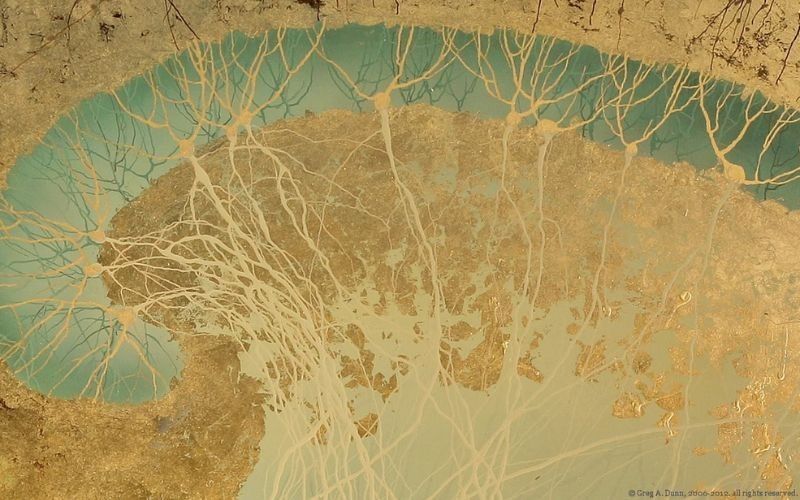Ballas, D. (2013). City profile: What makes a “happy city”? Cities, 32, S39–S50. doi.org/10.1016/j.cities.2013.04.009
Berger, R., & Zimbardo, P. (2012). Creating a partner: A qualitative study of political extremists and ex-gang members who have chosen the antiviolence path. Retrieved from http://ccare.stanford.edu/article/creating-a-partner-a-qualitative-study-of-political- extremists-and-ex-gang-members-who-have-chosen-the-antiviolence-path/
Berger, R., Gelkopf, M., & Heineberg, Y. (2012). A teacher-delivered intervention for adolescents exposed to ongoing and intense traumatic war-related stress: A quasi- randomized controlled study. Journal of Adolescent Health, 51, 453–461. doi.org/10.1016/j.jadohealth.2012.02.011
Berkley, L. A. (2020). A Case Study: The Role of Compassionate Cities, Healthy Cities, and UN Sustainable Development Goals in City Leadership and Planning. https://aura.antioch.edu/etds/550
Cameron, K. S., Dutton, J. E., & Quinn, R. E. (Eds.). (2003). Positive organizational scholarship: Foundations of a new discipline. San Francisco, CA: Berrett-Koehler.
Capon, A. G. (2015). Human habitat and health: Interdisciplinary and integrative perspectives. In C. D. Butler, J. Dixon, & A. G. Capon (Eds.), Health of people, places, and planet: Reflections based on Tony McMichael’s four decades of contribution to epidemiological understanding (pp. 595–606). Acton, Australia: ANU Press.
Davidson, R. & Harrington, A. (Eds.). (2002). Visions of Compassion: Western scientists and Tibetan Buddhists examine human nature. Oxford, England: Oxford University Press.
Deshpande, P. B. (2012). Science of compassion. Journal of Consciousness Exploration & Research, 3. 1032–1039. Retrieved from https://jcer.com/index.php/jcj/issue/view/28
Donovan, J. (2018, April 26). Designing the compassionate city to overcome built-in biases and help us lie better. Conversation. Retrieved from https://theconversation.com/designing- the-compassionate-city-to-overcome-built-in-biases-and-help-us-live-better-92726
du Plooy, B. (2014). Ubuntu and the recent phenomenon of the Charter for Compassion. South African Review of Sociology, 45(1), 83–100. doi.org/10.1080/21528586.2014.887916
Feinberg, M., & Willer, R. (2013). The moral roots of environmental attitudes. Psychological Science, 24, 56–62. doi.org/10.1177/0956797612449177
Feinberg, M., Willer, R., & Schultz, M. (2014). Gossip and ostracism promote cooperation in groups. Psychological Science, 25, 656–665. doi.org/10.1177/0956797613510184
Genevsky, A., Vastfjall, D., Slovic, P., & Knutson, B. (2013). Neural underpinnings of the identifiable victim effect: Affect shifts preferences for giving. Journal of Neuroscience, 33, 17188 – 17196. doi.org/10.1523/JNEUROSCI.2348-13.2013
Gilbert, P. (2010). The compassionate mind: A new approach to life’s challenges. Oakland, CA: New Harbinger.
Goetz, J. L., Keltner, D., & Simon-Thomas, E. (2010). Compassion: An evolutionary analysis and empirical review. Psychological Bulletin, 136, 351–374. doi.org/10.1037/a0018807
Ip, P. K. (2011). Practical wisdom of Confucian ethical leadership: A critical inquiry. Journal of Management Development, 30, 685–696. doi.org/10.1108/02621711111150209
Jazaieri, H., Jinpa, G., McGonigal, K., Rosenberg, E., Finkelstein, J., Simon-Thomas, . . . Goldin, P. (2013). Enhancing compassion: A randomized controlled trial of a compassion cultivation training program. Journal of Happiness Studies, 14, 1113–1126. doi.org/10.1007/s10902-012-9373-z
Jazaieri, H., McGonigal, K., Jinpa, T., Doty, J. R., Gross, J. J., & Golden, P. R. (2014). A randomized controlled trial of compassion cultivation training: Effects on mindfulness, affect, and emotion regulation. Motivation and Emotion, 38, 23–35. doi.org/10.1007/s11031-013-9368-z
Jazaieri, H., McGonigal, K., Lee, I. A., Jinpa, T., Doty, J. R., Gross, J. J., & Goldin, P. R. (2018). Altering the trajectory of affect and affect regulation: The impact of compassion training. Mindfulness, 9, 283–393. doi.org/10.1007/s12671-017-0773-3
Kahane, A. M. (2012). Transformative scenario planning: Working together to change the future. Oakland, CA: Berrett–Koehler.
Lewis, T., Amini, F., & Lannon, R. (2000). A general theory of love. New York, NY: Knopf Doubleday.
Lyles, W., White S. S., & Lavelle, B. D. (2017). The prospect of compassionate planning. Journal of Planning Literature, 33, 247–266. doi.org/10.1177/0885412217735525
Martin, D., Seppala, E., Heineberg, Y., Rossomando, T., Doty, J., Zimbardo, P., . . . & Zhou, Y. Y. (2015). Multiple facets of compassion: The impact of social dominance orientation and economic systems justification. Journal of Business Ethics, 129, 237–249. doi.org/10.1007/s10551-014-2157-0
Morgan Roberts, L. & Dutton, J. E. (2009). Exploring positive identities and organizations: Building a theoretical and research foundation. New York: Psychology Press.
Neff, K. (2003). Self-compassion: An alternative conceptualization of a healthy attitude toward oneself. Self and Identity, 2, 85–101. doi.org/10.1080/15298860309032
Scarlet, J., Altmeyer, N., Knier, S., & Harpin, R. E. (2017). The effects of Compassion Cultivation Training (CCT) on health-care workers. Clinical Psychologist, 21, 116–124. doi.org/10.1111/cp.12130
Seppala, E. M., Hutcherson, C. A., Nguyen, D. T. H., Doty, J. R., & Gross, J. J. (2014). Loving- kindness meditation: A tool to improve healthcare provider compassion, resilience, and patient care. Journal of Compassionate Healthcare, 1(1). doi.org/10.1186/s40639-014- 0005-9
Seppala, E. M., Rossomando, T., & Doty, J. (2013). Social connection and compassion: Important predictors of health and well-being. Social Research, 80, 411–430. doi.org/10.1353/sor.2013.0027
Seppala, E. M., Simon-Thomas, E., Brown, S. L., Worline, M. C., Cameron, C. D., & Doty, J. R. (Eds.). (2017). The Oxford handbook of compassion science. Oxford, England: Oxford University Press.
Singer, T., & Klimecki, O. M. (2014). Empathy and compassion. Current Biology, 24, R875– 878. doi.org/10.1016/j.cub.2014.06.054
← Go back Next page →

